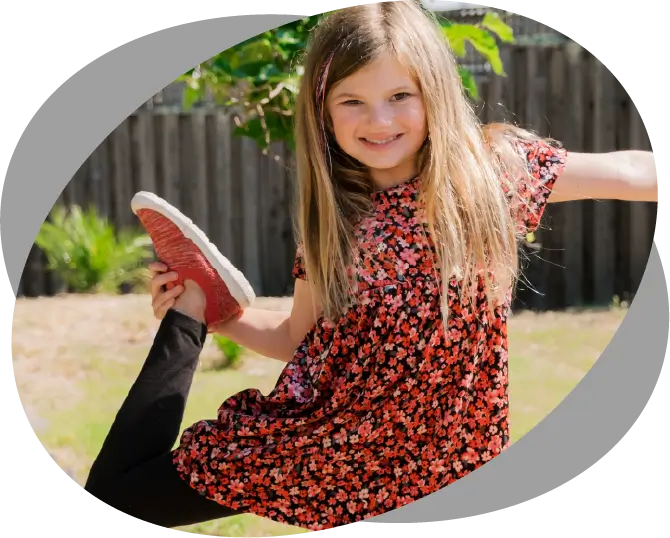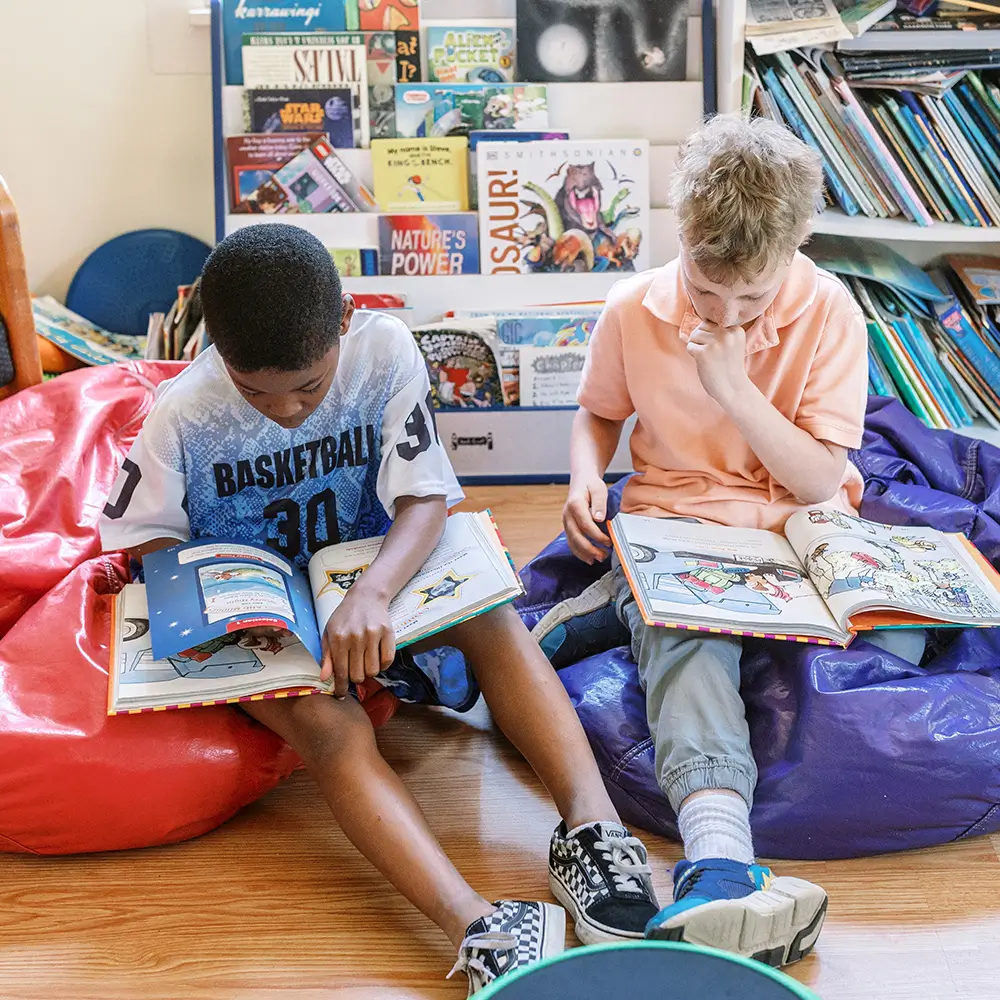Child Profile
GHA serves a unique child, one that is often referred to as an “in-betweener” describing a student in which special education classes/programs are too restrictive, yet a large mainstream classroom is too daunting or triggering. Our learners have the cognitive ability to be academically successful, yet need to be taught the tools-in real time- to be able to apply them. A GHA child is one that can excel in the right environment, but doesn’t yet have the ability to transfer those skills when their nervous system is activated. Our learners are incredibly diverse in a range of mild to moderate academic, social, and emotional needs, and also exceptionally gifted with many strengths.
Some of our children may have existing Individualized Education Plans (IEPs) in their school districts, outlining specific accommodations and services required to help them succeed academically and socially. However, we also recognize that not every student will require an IEP to benefit from our specialized approach. Our goal is to provide personalized, meaningful intervention to each and every child; meeting them exactly where they are at and pushing forward with growth.
We understand that some children may excel in certain areas while requiring additional support in others. This is why we take a holistic approach that addresses the whole child. We strive to create a safe and nurturing environment that fosters a love of learning, encourages self-expression, and celebrates each student’s unique strengths and achievements.


GHA serves students diagnosed with:
ADHD, Anxiety, Pathological Demand Avoidance (PDA)
PANS and PANDAS, Sensory Processing Disorder, Executive Function deficits
Speech Delay, Language Based Learning Differences,
Auditory and visual processing disorders, Reading and Math difficulties
High Functioning Autism* Oppositional Defiance**
*We are not a program designed for students with high needs on the Autism Spectrum. For students who have limited language, self-care, and social engagement, our program does not provide the necessary supports.
**We are not a program designed for students with aggressive or violent behaviors. For students who may physically harm themselves, others or property, our program is not equipped to therapeutically serve their needs.
Students who benefit from our whole child approach show needs in one or more of the areas below. Some of these areas will be strengths for our students.
Academic Style
- Struggle with “group” work or teams, but have immense potential
- Learn best in a small group setting
- Need academics differentiated to meet their learning style and pace
- Need flexibility, but still consistency and firmness
- Need time to finish a project or thought before moving on
- Show off their potential and excel when placed in the right environment
- Educators see their intelligence but “don’t know what to do”
- Are struggling in a traditional classroom but are very “capable”
- Need open opportunities to experiment, tinker, and create without boundaries and limitations
- Show off their potential and excel when placed in the right Excel when placed with an educator who “gets them”
Social & Emotional
- May show inconsistency in mood, excitability, engagement, and regulation
- Need consistency in rules, boundaries, and expectations at home & school
- Need teacher awareness in reading their physical, and emotional cues; before escalation
- Need prompting of expressive language to relay feelings, emotions, and needs
- Need a team leader to incorporate speech, occupational therapy, and/or psychological services into their school day
- Need assistance decoding receptive language, body language and social norms/expectations
- Are emotionally sensitive, may interpret verbal and non-verbal language inaccurately
Sensory Needs
- Have a fast or slow tempo in the classroom or on the playground
- Need opportunities for sensory breaks
- Need a tool box to self-regulate, and immediate access to those tools
- Needs to have their sensory diet run throughout the school day
- Can have difficulty “settling” after recess, PE, or an exciting time when their engine is running full speed
- Can have difficulty sitting through circle times, large group instruction, or auditory assignments
